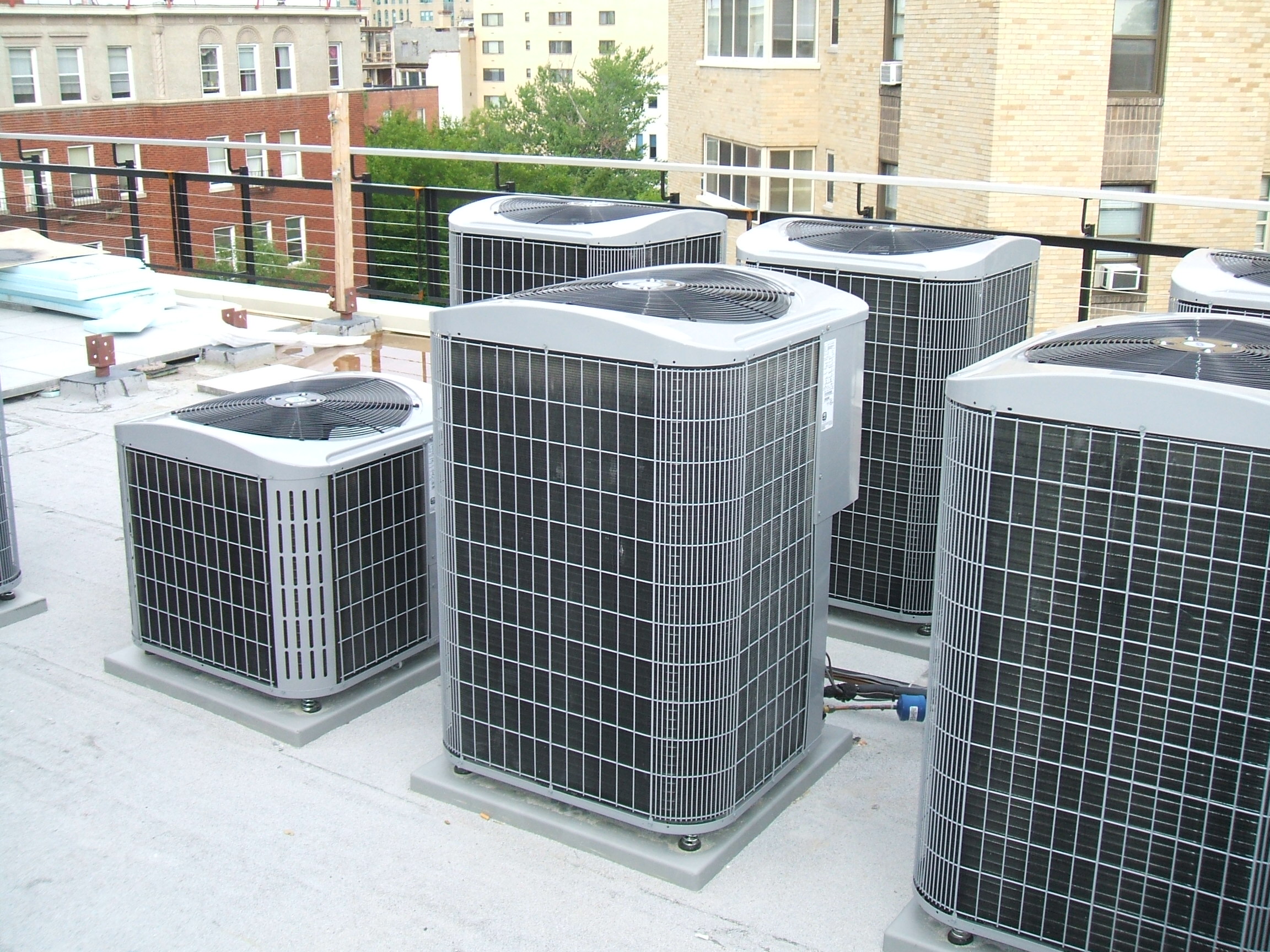troubleshooting
Our services will have the least cost and coordination impact to the project when incorporated into the design at the earliest possible phase. However, when noise issues at existing sites arise, we are well-equipped to identify and address the issue, and provide recommendations for mitigating the problem. We work on a wide variety of troubleshooting jobs. Some common examples are listed below.
Equipment Noise
Excessive noise from mechanical equipment over apartments, offices, hotel rooms, or other buildings is among the most common noise complaints that we receive, whether it is noise from a neighboring property's equipment or rooftop equipment noise audible within the building.
Noise from neighboring properties is often subject to local noise ordinances. When equipment noise exceeds this limit, we can both perform on site measurements to determine the degree of the exceedance and also provide recommendations for remedial work to comply with the noise limit.
Equipment noise propagating within a multifamily or office building is also a concern. While there is not always a local ordinance to comply with, tenant complaints or lease requirements often compel landlords to reduce noise levels.
Excess noise or vibration transmission from adjacent space
Noise transmission through walls or ceilings is another common issue. Acoustic privacy or preventing unwanted audible noise between offices, apartments, adjacent tenant spaces, hotel rooms, or other spaces is a critical aspect of an acoustically comfortable environment. When an existing problem exist, we work to identify the source of the sound transmission and reduce or eliminate it.
Another common problem that we investigate is noise from footfalls reaching spaces below. This is a major issue in multi-family residential buildings, and also applies in commercial buildings. Using a calibrated tapping machine, we can assess the degree to which footfall or other "structureborne" noise is impacting the space below. Changes to the floor finish are typically the most effective solution, although changes to the ceiling below can also be effective.
Overly reverberant spaces
Special function areas often rely on the room finishes to provide a certain acoustic environment. More common in commercial, religious, or performance/recording venues, if the room acoustics are too reverberant (or sometimes not reverberant enough) or there exists an unwanted echo or flutter, it is usually due to an issue with the combination of room surface finishes. We investigate the degree of reverberation within the space and make recommendations for finishes which will bring the room to a more comfortable and usable space.



